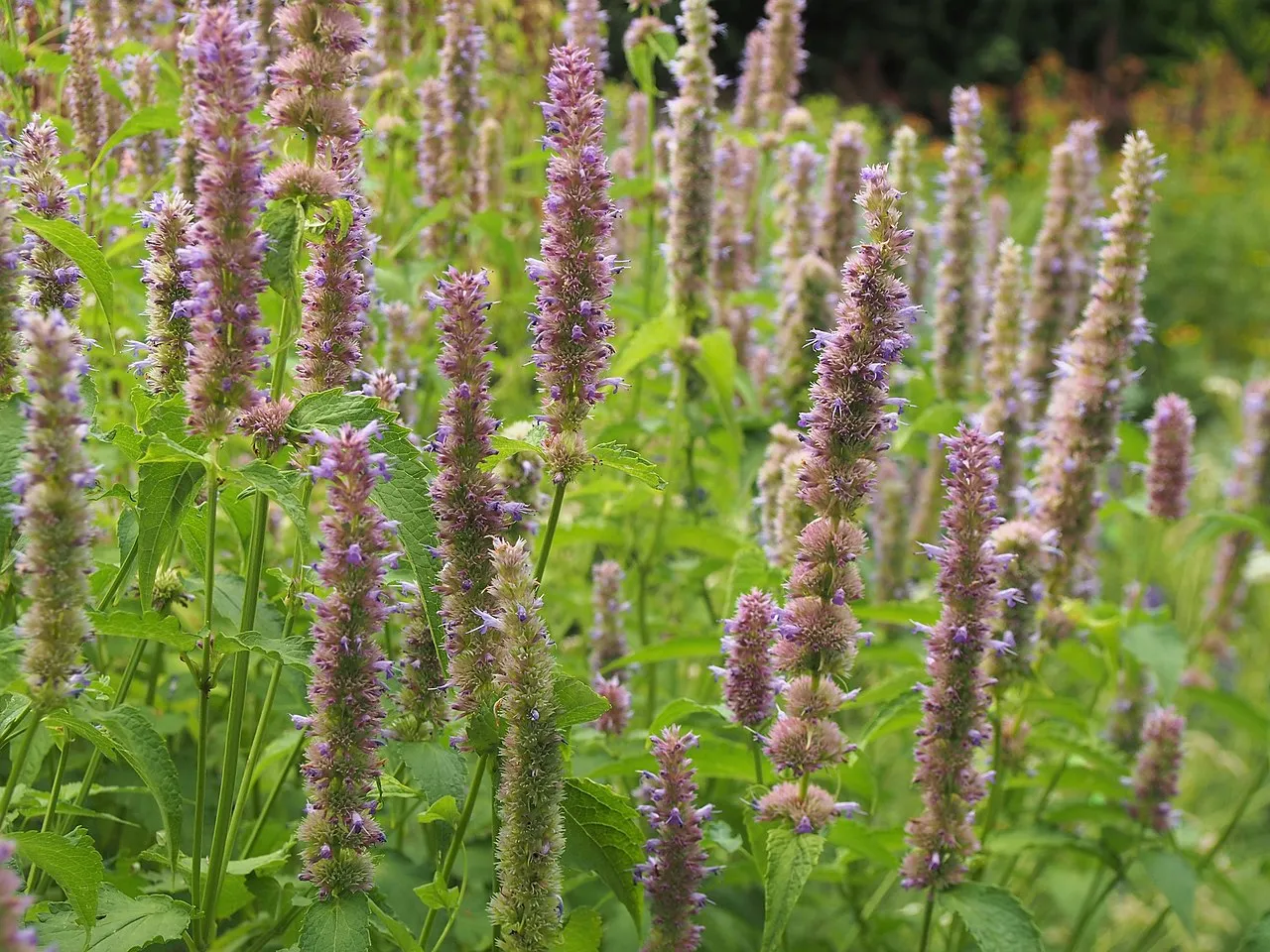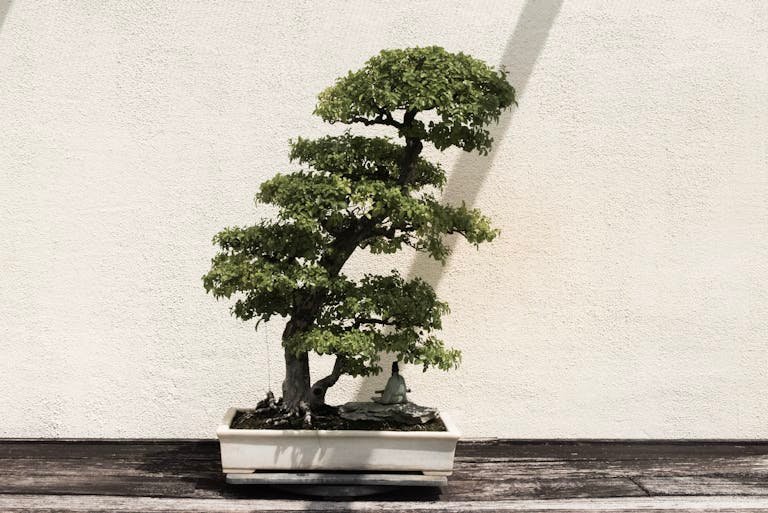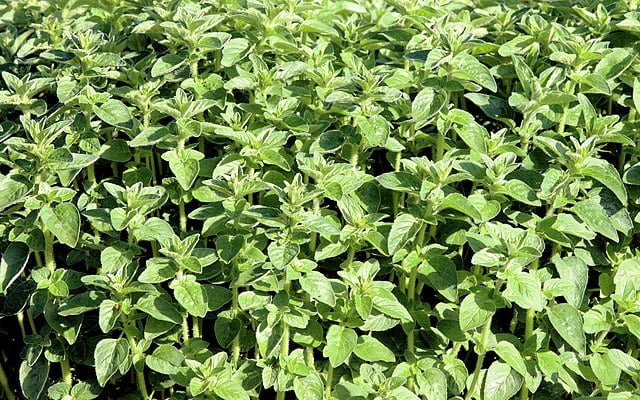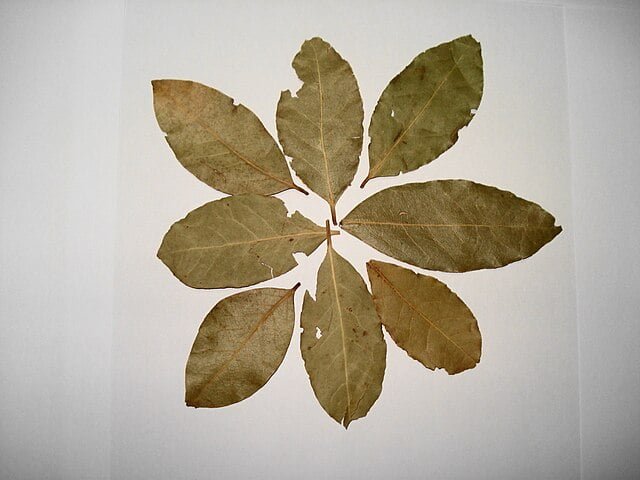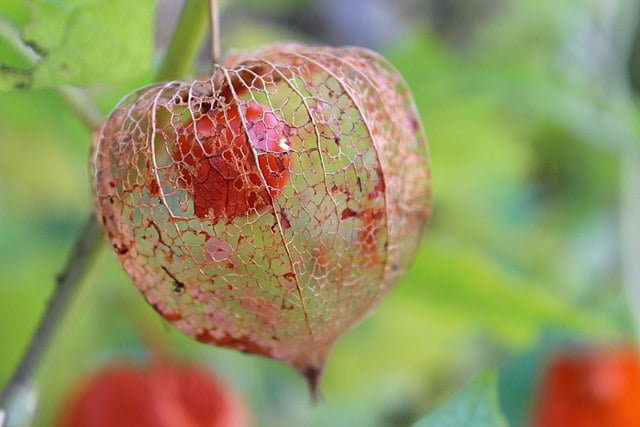How to Grow Agastache: A Comprehensive Guide to Anise Hyssop Gardening
Agastache, commonly known as Anise Hyssop or Hummingbird Mint, is a perennial herb that enchants gardeners and wildlife alike with its striking flowers and fragrant leaves. Belonging to the mint family, this hardy plant is celebrated for its ease of care, long blooming period, and the ability to attract pollinators such as bees, butterflies, and hummingbirds. Whether you’re aiming to add a splash of colour to your garden or cultivate a space friendly to pollinators, Agastache offers a delightful solution. This guide will provide you with the knowledge to grow and maintain vibrant Agastache plants.
What is Agastache?
Agastache is a genus comprising several species known for their tall flower spikes and aromatic foliage, reminiscent of anise or licorice. These perennials and annuals are native to North America and parts of Asia, thriving in a range of environments. Their flowers, in hues of pink, orange, purple, and blue, make a striking addition to any garden from mid-summer through fall.
How to Grow Agastache

Planting Agastache
- Choosing a Site: Agastache prefers full sun but can tolerate partial shade. Well-drained soil is crucial to prevent root rot, especially in winter.
- Soil Preparation: These plants thrive in soils with average to low fertility and require good drainage. Amend heavy clay soils with sand or grit to improve drainage.
- Planting: Sow seeds directly in the garden in late spring or start them indoors 6-8 weeks before the last frost. Plants should be spaced about 18-24 inches apart to allow for mature growth.
Care and Maintenance
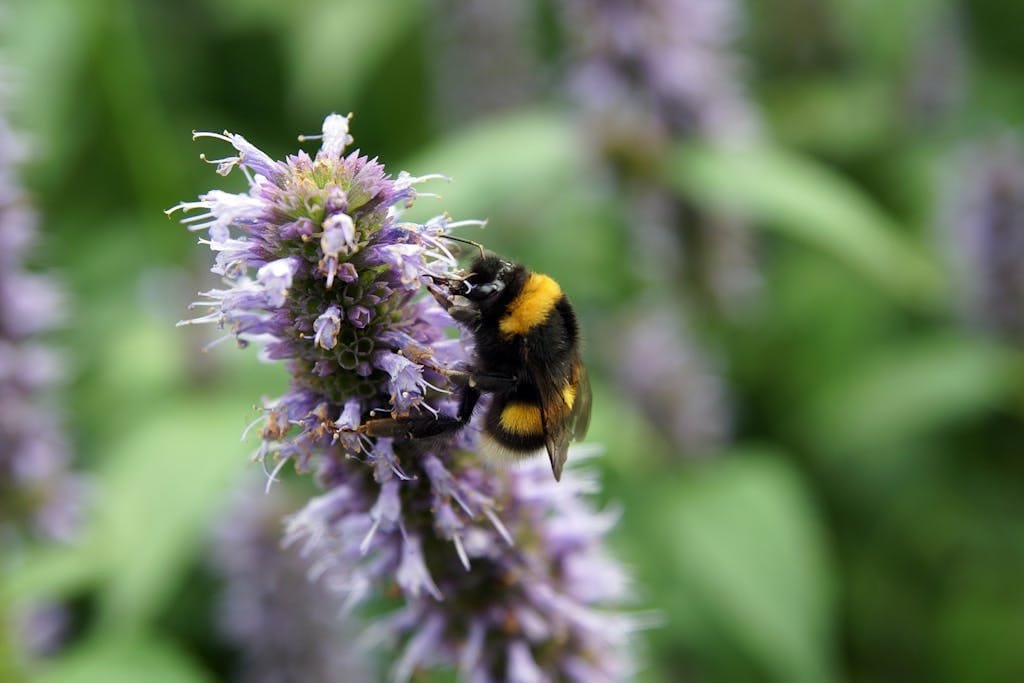
- Watering: Once established, Agastache is drought-tolerant. Water regularly during the first growing season to establish a deep, extensive root system, then reduce frequency.
- Feeding: Minimal fertilization is needed. An application of a balanced, slow-release fertilizer at the beginning of the growing season can support growth without encouraging excessive foliage at the expense of flowers.
- Pruning: Deadhead spent flowers to encourage continued blooming. In late fall or early spring, cut back the stems to a few inches above the ground to promote healthy new growth.
Pest and Disease Management
Agastache is generally resistant to pests and diseases. However, good air circulation is key to preventing mildew and fungal diseases. Space plants adequately and avoid overhead watering to keep foliage dry.
Attracting Pollinators
One of Agastache’s greatest attributes is its appeal to pollinators. To create a pollinator-friendly garden, mix Agastache with other nectar-rich plants. Their combined presence will not only support local wildlife but also ensure your garden is a hive of activity and beauty.
Varieties of Agastache
- Agastache foeniculum (Anise Hyssop): Known for its blue-purple flowers and anise-scented leaves.
- Agastache ‘Blue Fortune’: Offers long-lasting, deep blue flower spikes.
- Agastache rupestris (Sunset Hyssop): Features orange-red flowers with a licorice scent, particularly drought-tolerant.
Final Thoughts
Growing Agastache adds both beauty and utility to your garden. Its easy care, aromatic presence, and ability to attract a plethora of pollinators make it a standout choice for gardeners looking to enhance their outdoor spaces. Follow the guidance provided in this guide to enjoy the multitude of benefits Agastache offers, from its colourful blooms to its aromatic leaves.

